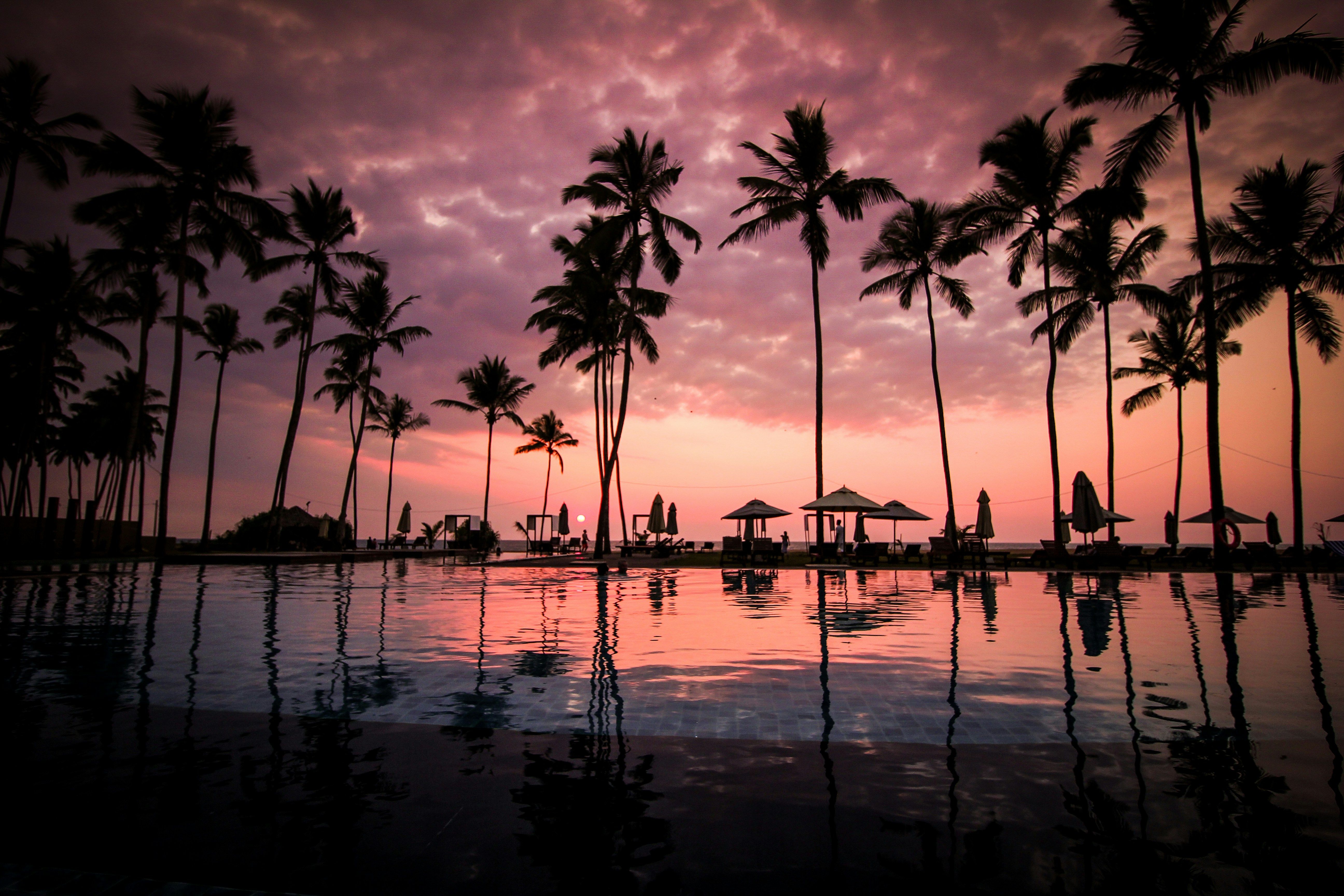OPEC+ MAY INCREASE OIL PRODUCTION BY 411,000 BARRELS PER DAY IN JULY
Oil-producing alliance OPEC+ anticipated to increase production levels, disregarding the ongoing price decline.
OPEC+, a group of 22 oil-producing nations led by Saudi Arabia and Russia, is expected to further boost oil production in the coming month despite global prices hovering around $60 per barrel.
The group, which has historically exploited supply scarcity to drive up prices, will hold two meetings this week: an online session on Wednesday with all member states, followed by a meeting on Sunday with eight nations—dubbed the "V8"—that have made the largest cuts in recent years.
Analysts predict that the V8, which consists of Saudi Arabia, Russia, and six other OPEC+ members, will vote to increase production by 411,000 barrels per day for July, a continuation of the incremental hikes seen in May and June. This production increase, equivalent to roughly 1% of the global output, is expected to approach 1.4 million barrels per day when summed over the recent months.
This plan would put further downward pressure on oil prices, which are already slumping to lows last seen during the pandemic due to weaker global demand. Particularly affected would be Saudi Arabia, the world's largest oil exporter, as excessively low prices pose a challenge to finance its ambitious plan aimed at diversifying the economy.
The tide for this decision is seemingly driven by internal disagreements and external pressure. Some observe undelivered oil quotas as an opportunity for profiteering, with Kazakhstan, the main offender within the group, increasing production linked to the Tengiz project. Other countries, such as Iraq or the United Arab Emirates, have also increased their output, with Riyadh targeting particularly Astana to set an example.
U.S. President Donald Trump has also been vocal about pressing for lower oil prices to combat domestic inflation. Although recent diplomatic talks with Gulf countries did not mention the issue, OPEC+ is mindful of the outcome of Iranian nuclear talks, as its return to the oil market could lead to excess production.
OPEC+ leadership maintains that these measured increases are part of a delicate balancing act to ensure market stability and adequate investment in supply. They argue that without such coordination, chaotic price shocks detrimental to both producers and consumers could occur. Seasonal demand and regional supply constraints partly mitigate the impact of increased output, helping the market absorb the rise while maintaining stability.
Nonetheless, ongoing trade tensions and continuing supply rises could lead to further price declines later in the year, with some analysts suggesting a possible $10 per barrel drop in the second half of 2023 if these conditions persist. The challenge lies in perfectly balancing the need for increased production to meet demand with the risk of overproduction and the subsequent downward pressure on oil prices.
The OPEC+ group, with the V8 set to increase oil production by 411,000 barrels per day in July, could potentially strain industry financing due to decreasing oil prices, impacting the economies of oil-exporter nations. This decision, influenced by internal disagreements and external pressure, may also affect the finance sector, as lower oil prices could lead to an energy sector instability.








